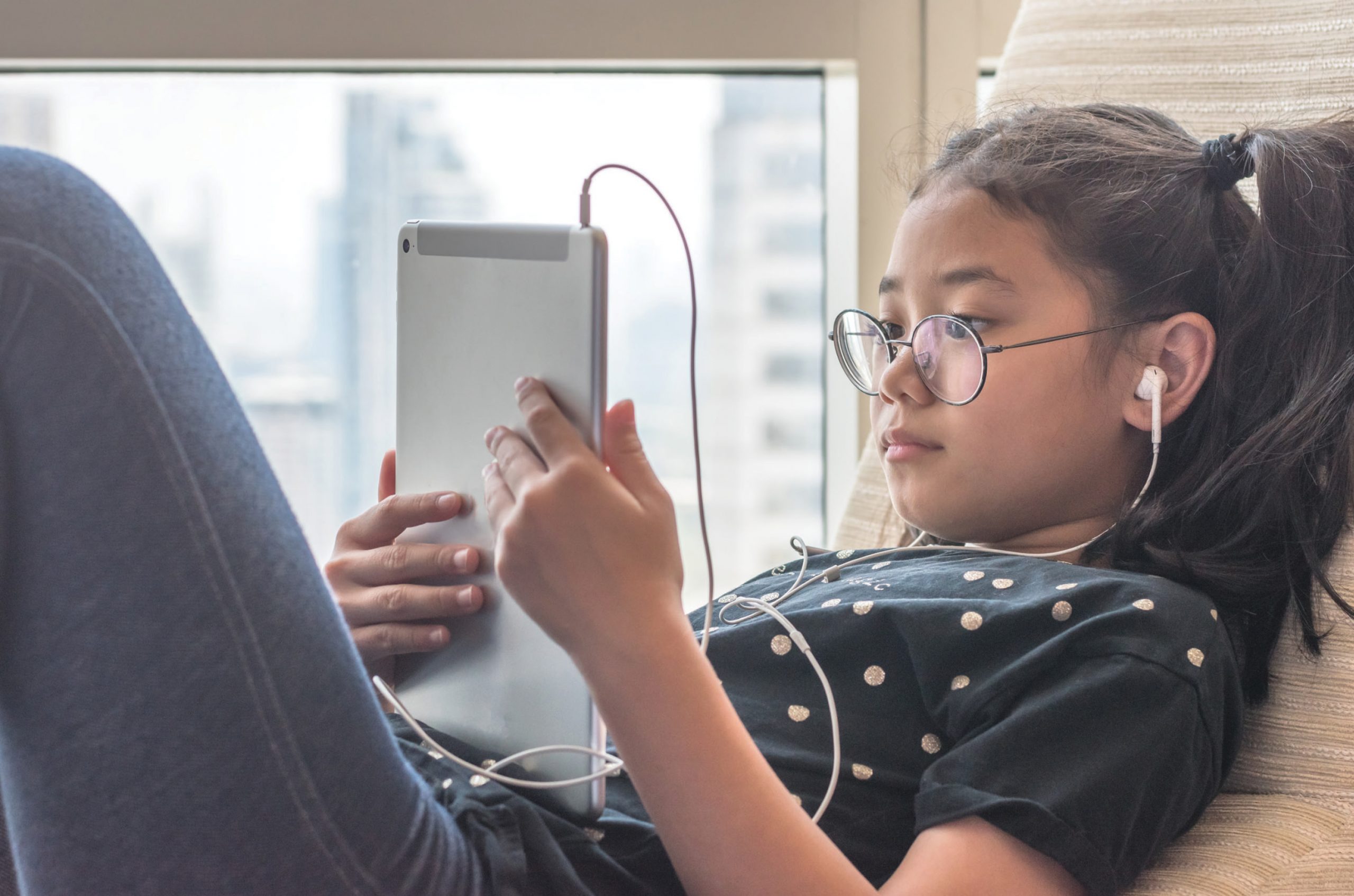Social media is a powerful tool for connection and communication. During the pandemic, it became an even more important way to socialize with friends and loved ones. Even before COVID-19, social media was a huge part of teenagers’ lives. In 2018, the Pew Research Center found that 97% of 13- to 17-year-olds were on platforms like Instagram and Snapchat. Experts, however, worry that digital communication could lead to more anxiety and lower self esteem.
the downsides of social media
- Cyberbullying: Digital communication makes it easier for kids and teens to be cruel to one another. This is because during in-person interactions, teens, especially girls, are less likely to disagree and cause conflict, but social media removes them from the uncomfortable nature of confrontation, making those types of behaviors easier.
- Self Esteem: Social media offers actual numbers that are correlated to how much people “like” you or your appearance. Scrolling through your feed also may create pressure to live up to expectations set up by the people you follow. A study done on college students about Facebook use found that the longer they used it, the more they believed that others were happier than them, and going out with friends made them feel less this way.
- Mental Health: Social media use has been linked to depression and anxiety—the more someone uses it, the greater risk they face of experiencing those kinds of mental illnesses. A study of 12- to 15-year-olds in the U.S. found that those who spent more than three hours a day on social media were at heightened risk. Similarly, a study of 13- to 16-year-olds in England reported that checking social media more than three times a day was associated with poor mental health. Nighttime use of social media also has been linked with worse sleep and higher levels of anxiety and depression.
- Social Skills: Face-to-face interactions teach us a lot about communicating with others. In online communication, you don’t get important context like body language, facial expression and vocal inflection. It means less understanding of social cues.
what you can do
- Set Limits: For kids, encourage tech-free playtime and enforce weekly screen time limits. You also can use apps that control the length of time a child can use the device. For teens, encourage a routine that doesn’t include checking social media or using electronic media before bed.
- Watch Your Own Use: Follow your own guidelines for screen time, and don’t let your kids see you relying on technology. Set a good example by keeping your own smartphone and other devices out of your bedroom at night, and establish technology-free areas and times in your home when know one, including adults, can use devices. If necessary, plan a time in the morning for you to check your own social media and read emails before your kids are awake. This way you can give them your full attention in the morning.
- Teach Good Behavior: Tell your child what is and isn’t acceptable in digital spaces. Explain that behaviors like sexting and cyberbullying aren’t tolerated, and teach them not to share anything online they wouldn’t be comfortable with the whole world seeing. Make sure they aren’t sharing personal information.
- Monitor Use: Let your kid know you will be checking their social media accounts. Set a plan for how often you are going to do so, ideally once a week or more, and stick to the routine. Talk to them about bad behavior you see or other concerns you have.
- Talk About It: Share how you use social media and how it makes you feel, and ask your kids to do the same. If possible, encourage them to interact face-to-face with friends and peers.
- Get Help: If you think your child or teen is experiencing anxiety or stress, consult their doctor.








